Review
It may be difficult to believe when you first look at the pictures, but the car featured is the new Nissan Micra. Gone are the often dowdy or quirky looks of its predecessors, to be replaced by a thoroughly modern supermini with a sweeping roofline, bold shoulder lines and vivid colours.
It’s grown in size, too, with the new model 174mm longer, 78mm wider and 55mm lower than its predecessor.
Now 3,999mm long, with a width of 1,743mm and height of 1,455mm, the Micra is squarely up against rivals such as the Ford Fiesta, Volkswagen Polo and Vauxhall Corsa.
Historically, the Micra has been a hugely popular car for Nissan, with more than 3.5 million registered in Europe since the model was launched in 1983.
Its success has dropped off in recent years, but the manufacturer now wants the latest model to re-establish itself inside the top 10 sellers in the segment.
Nissan hopes the Micra will do this by appealing to younger customers through its looks, driving experience and technology, as well as to more mature drivers for its build quality and safety.
Company car drivers will have an important role to play, according to Alex Smith, managing director of Nissan Motor GB, who said that early strong interest from fleet buyers has largely focused around the safety equipment fitted as standard across the range.
Lane departure warning and lane intervention, autonomous emergency braking with pedestrian detection, traffic sign recognition and high beam assist are fitted to all.
Initially the new Micra is available with a 73PS 1.0-litre petrol engine, a 90PS 0.9-litre petrol engine and a 90PS 1.5 TDCi diesel engine; all use a five-speed manual gearbox.
Other engines and an automatic transmission are planned during the lifecycle of the new model, and these may include a hybrid version.
At the media launch, Nissan Micra product general manager Laurent Marion ruled out a pure electric version, but said “we are keeping our minds open on something that comes in between”.
Dependent on specification and wheel size, the 0.9-litre petrol versions offer CO2 emissions from 99g/km and official combined fuel economy from 64.3mpg.
The diesel models offer from 85g/km and 88.3mpg, but, despite it being less efficient, Nissan expects most fleet customers to choose the 0.9-litre petrol in mid-range Acenta trim. Its CO2 emissions of 99g/km put it in the 16% benefit-in-kind (BIK) tax bracket, compared to the equivalent diesel model’s 18%.
Standard equipment on Acenta grade includes 16-inch steel wheels (16-inch alloys are a no-cost option), air-conditioning, stop-start technology, body-coloured door mirrors and door handles, a Display Audio seven-inch touchscreen infotainment system, cruise control, app integration and Apple Carplay. Android Auto will follow.
Equipment levels are generally generous, and the car’s appeal extends to the well-designed cabin, featuring plenty of soft touch materials with a large section of dashboard and centre console in a customisable colour.
Front seat passengers have plenty of room and it was easy to find a comfortable driving position. Controls are well placed and have a quality feel to them.
Legroom in the back is adequate, but the car’s low roofline restricts headroom and means taller passengers may not be comfortable over longer journeys.
Boot space is competitive with rivals at 300 litres, rising to 1,004 litres when the split-rear seats are folded down. The boot’s square shape means it is easy to make the most of the available room, although there is a large loading lip and the seats don’t fold completely flat. In comparison, the Vauxhall Corsa provides 280 and 1,090 litres respectively, and the Volkswagen Polo 280 and 952.
The Micra also impresses on the road. It features two new systems which Nissan says aids the ride and driving characteristics of the car.
Intelligent Ride Control uses the engine and brakes to moderate the pitching motion sometimes felt when a car goes over larger bumps such as traffic calming measures while, when cornering, Intelligent Trace Control automatically engages and adjusts the brakes to keep the Micra on the optimal line when needed.
Both systems are designed to be imperceptible to the driver and this was the case, so it is difficult to know what effect they had. The ride felt smooth on our test route, while the car was composed through corners.
Driving or riding in the Micra was a refined experience, too, with the engine note impressively subdued.
Overall, the new Micra is a massive leap forward from its predecessor and has all the attributes necessary to be considered for a fleet choice list.
Specs
| Manufacturer | Nissan |
| Model | Micra |
| Specification | Micra Hatch 5Dr 0.9 IG-T 90 SS Acenta 17MY |
| Model Year | 0.00 |
| Annual VED (Road tax) | £0 |
| BIK List Price | £15,590 |
| CO2 | 99g/km |
| BIK Percentage | 20% |
| Insurance Group | N/A |
| CC | N/A |
| Fuel Type | Petrol |
| Vehicle Type | Small car |
| Luggage capacity (Seats up) | 5litres |
Running Costs
| P11D | £15,590 |
| Insurance group | N/A |
| Fuel Type | Petrol |
| Cost per mile | 55.83ppm |
| Fuel | 8.30ppm |
| Depreciation | 45.70ppm |
| Service maintenance and repair | 1.83ppm |
Rivals
Info at a glance
-
P11D Price
£15,590
-
MPG
64.2 -
CO2 Emissions
99g/km -
BIK %
20% -
Running cost
3 Year 60k : N/A 4 Year 80k : N/A -
Fuel Type
Petrol

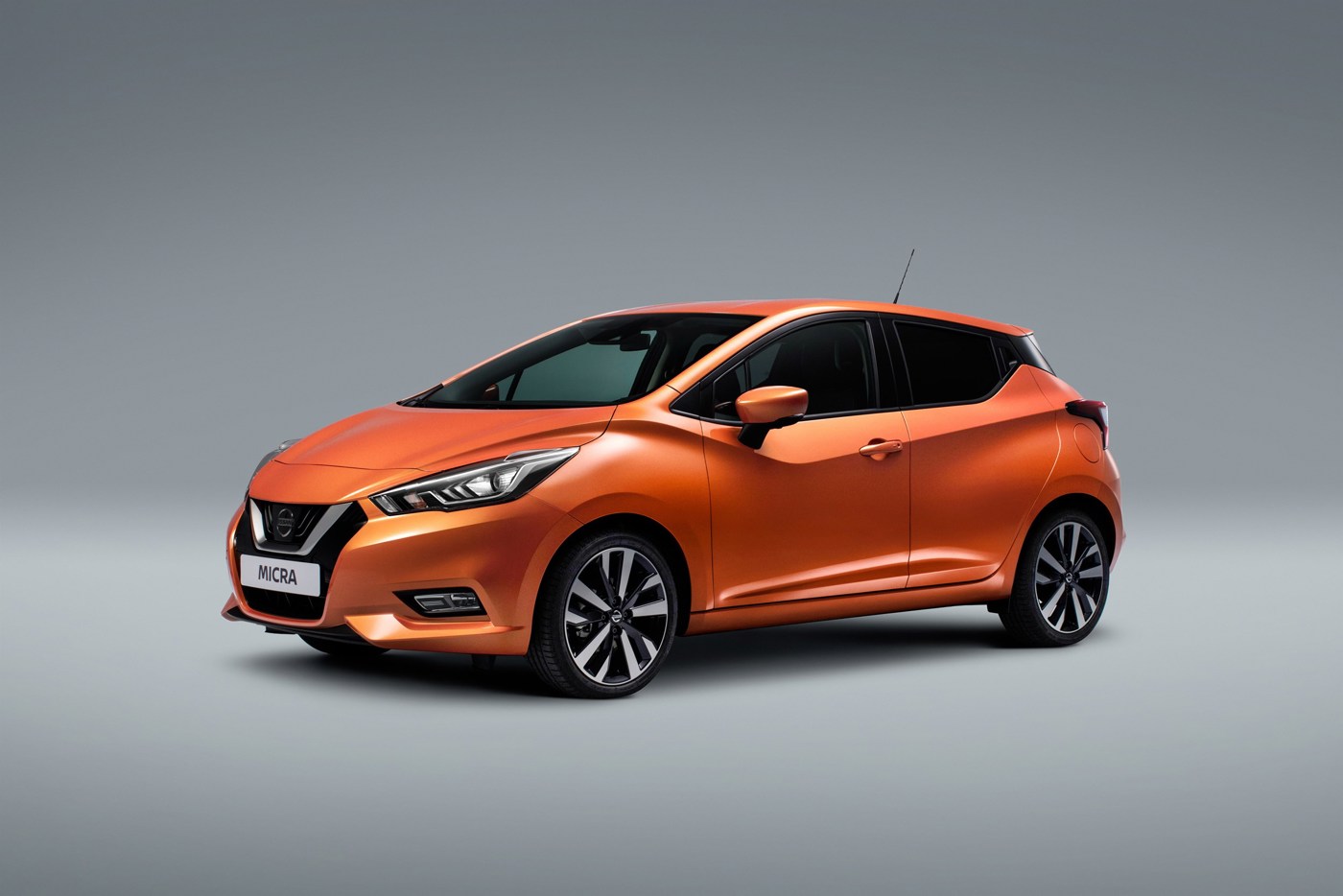

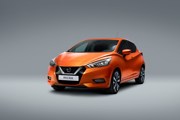
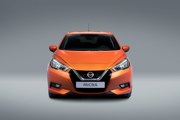
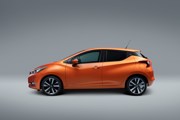
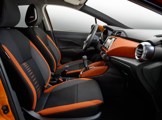
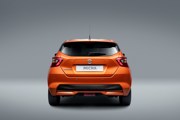
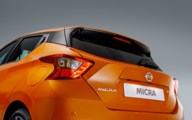
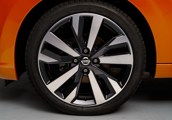
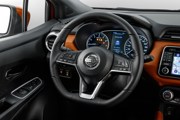
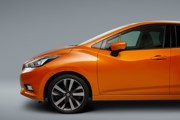
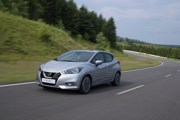
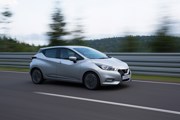
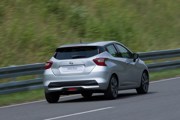
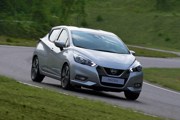
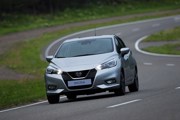

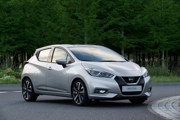




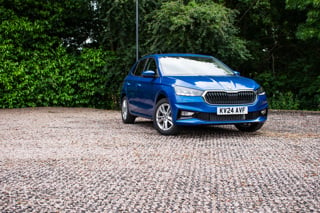
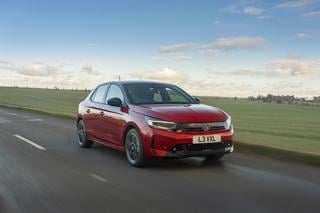
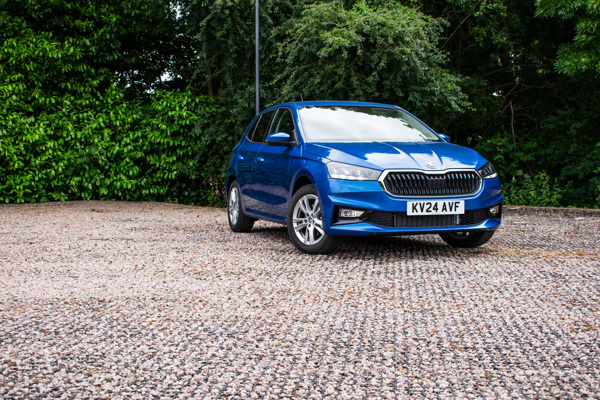
 Petrol
Petrol
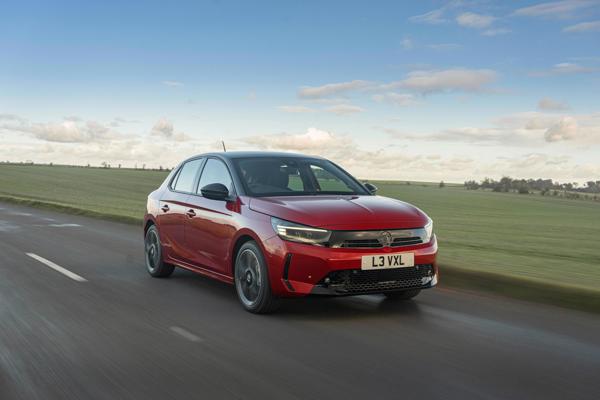
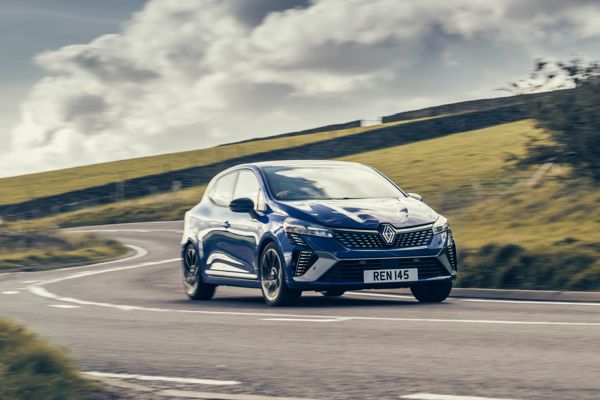
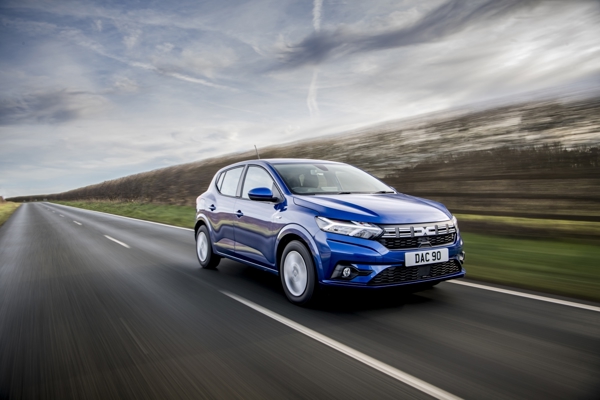
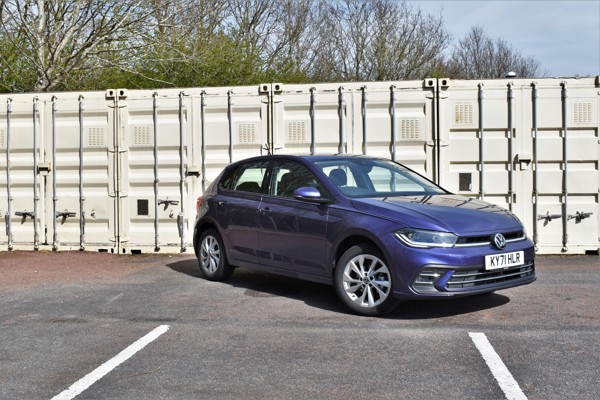
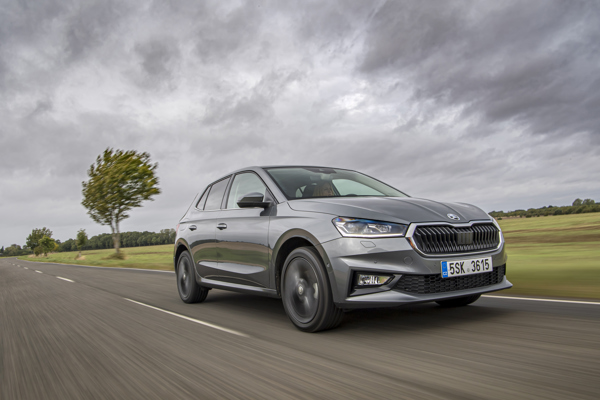

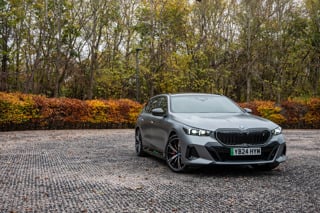
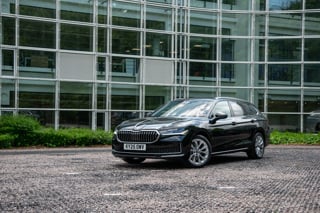
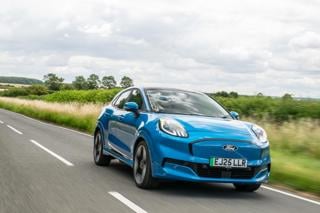













Login to comment
Comments
No comments have been made yet.